Important Qajar Painting to Lead Christie's Islamic Art Auction on 1 April 2021
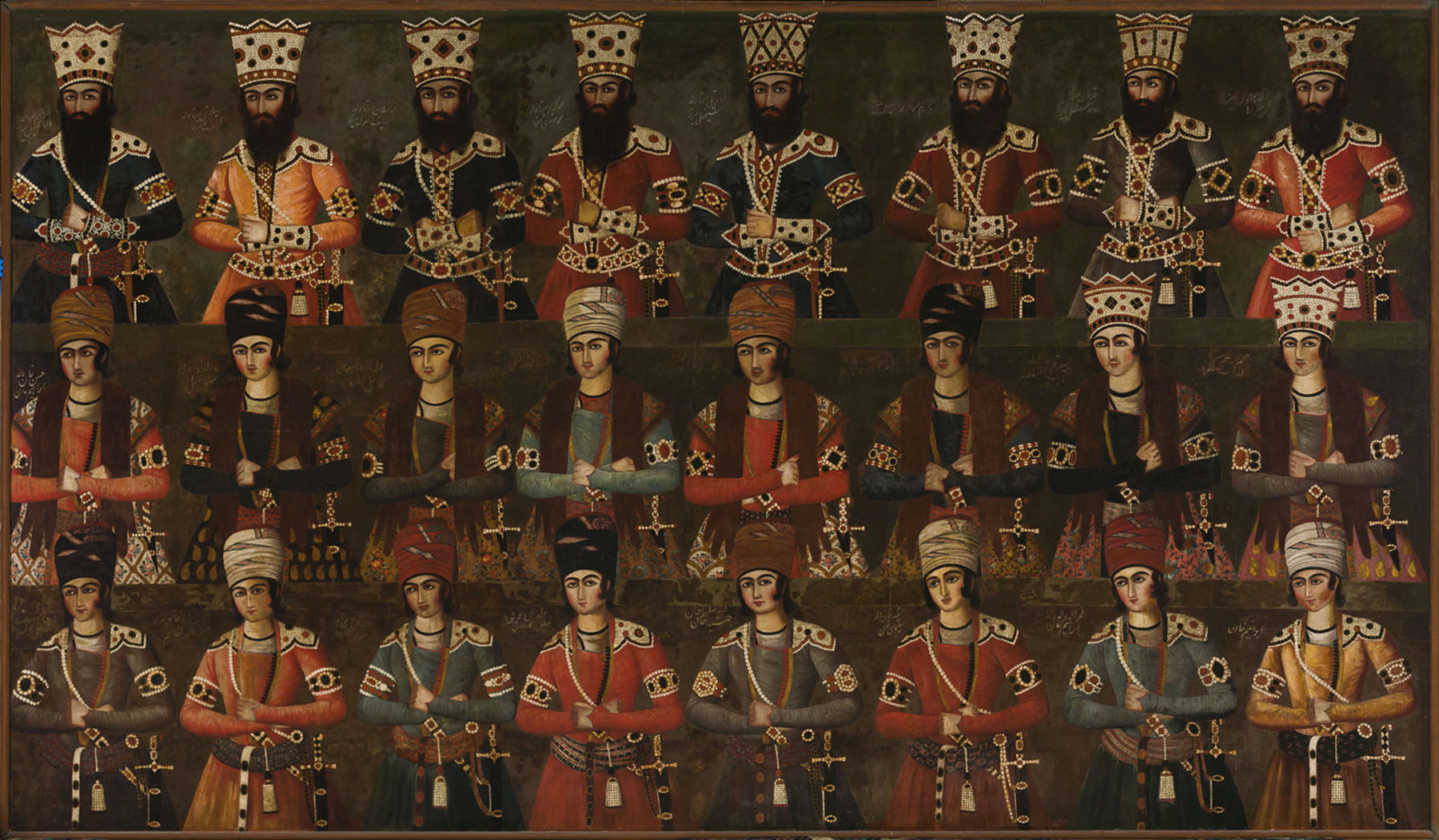
Christie’s next sale of Art of the Islamic and Indian Worlds, which takes place on 1 April 2021, will be led by a recently rediscovered Qajar painting of the utmost importance. The painting, depicting a Persian New Year, Norouz, procession, was bought by the artist and collector Frederic Clay Bartlett (1873-1953) in the early 1920s in the US, to be hung in his studio at the family’s winter retreat “Bonnet House” in Fort Lauderdale, Florida.
The Bartletts were important collectors of French Impressionist and Modern art. His collection in this field was donated to the Art Institute of Chicago, where the 25 paintings comprise the Art Institute’s Helen Birch Bartlett Memorial Collection. As for the art collection at Bonnet House Museum & Gardens, it comprises works by Frederic Clay Bartlett and Evelyn Fortune Bartlett, as well as objects collected throughout their lives, creating a historic artists’ estate.

Patrick Shavloske, CEO, Bonnet House Museum & Garden commented: ”Bonnet House Museum & Gardens has been honored to steward this incredible painting since Evelyn Fortune Bartlett preserved her beloved Fort Lauderdale, Florida home as an historic house museum in 1983. But the time has come for the Qajar painting to move to a new home that is better positioned to give the artwork the care and honor it so richly deserves. Proceeds from the Qajar painting sale will be used by the museum to conserve its paintings by Frederic Clay Bartlett and Evelyn Fortune Bartlett as well as the historic Bonnet House itself, also an artful creation of the Bartletts.”
The monumental painting to be offered at Christie’s dates from the early 19th century and was painted as demonstration of royal power. It is the largest of its kind ever to appear at auction, measuring 101 x 174 inches and will be offered with an estimate of GB Pounds 1,000,000-1,500,000. Only one other fragment of a similar painting has come under the hammer. That was slightly smaller and sold at auction in 1975.
Qajar art is recognizable for its distinctive style of portraiture, and the present work includes a total of 24 portraits of dignitaries and princes at a Persian New Year celebration, during the so called Saf-e-Salam or ‘greetings queue’. Represented are sons, sons-in-law and grandsons of Fath ‘Ali Shah (1722-1834), the second ruler of the Qajar dynasty. They are painted standing in three ranks of eight according to age. Each is depicted at three quarter length with their arms folded, in full court dress with profusely jeweled crowns, belts, swords and armbands wearing costumes of red, tan, blue, black and gray.
Commissioned by Fath `Ali Shah, this painting would have been completed by a team working under the supervision of the principal court artist, `Abdullah Khan. Fath `Ali Shah was the first shah to re-unite the country after seventy years of unrest and to mark this turning point in history, he created a new capital Tehran. His reign is noted for its elaborate court protocol, pomp and tremendous cultural production in all fields, including architecture, silver, paintings, theatre, literature, to name a few.
The Bonnet House Museum & Gardens painting is a display of Persian royal glory – all figures submitting to the Persian king. The original complete composition would have depicted Fath `Ali Shah enthroned in the centre with the most senior sons. All of the figures in this undated panel are identified by Persian inscriptions, which is a feature also seen on other known examples. As part of the Norouz ceremony the Shah presented each of his chief courtiers with a complete brocade coat and a shawl, which they can be seen wearing in this painting.
Sara Plumbly, Head of Islamic & Indian Art Department commented: “It is a great pleasure and an honor to have been part of this painting’s ‘rediscovery’ and to be able to bring it to the market for the first time in over 100 years. Frederic Bartlett bought this masterpiece at a time when Qajar art was under-appreciated. He bought it simply because it captured his eye as a painting of high quality and real decorative power – an artist’s appreciation of art. It is an outlier in the collection of Bonnet House and their decision now to separate it from the core collection in order to secure the future of the wider Bonnet House collection is perfectly understandable. We hope to fulfill Bonnet House’s wish to find a new home for the painting where it will be able to be seen and appreciated by many for the masterpiece that it is.”
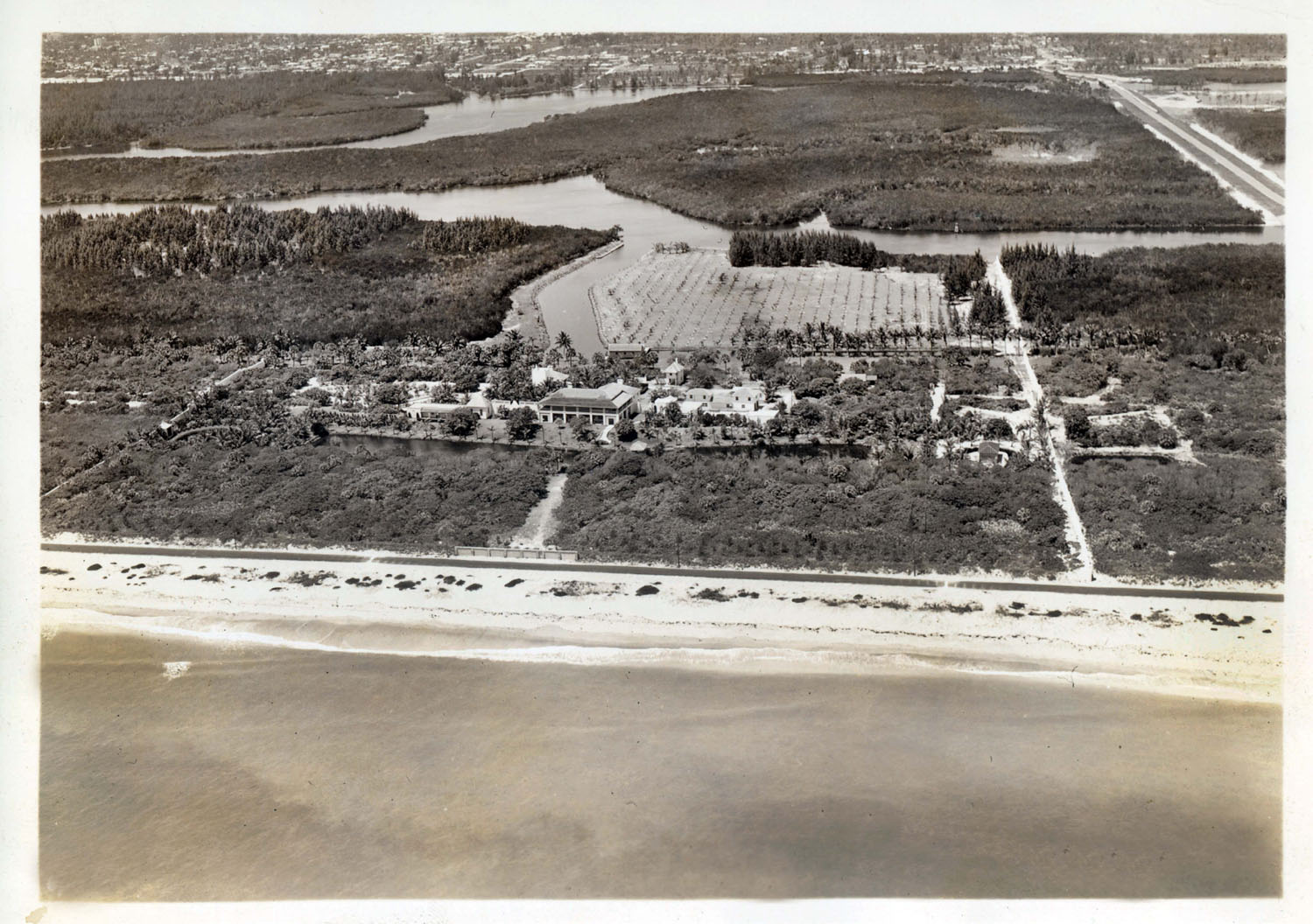
History of Bonnet House
Hugh Taylor Birch purchased the Bonnet House site in 1895 gave it as a wedding gift to his daughter Helen and her husband, Chicago artist Frederic Clay Bartlett in 1919. The newlyweds began construction of Bonnet House in 1920 as a winter retreat where Frederic could pursue painting and Helen could compose music and poetry. Tragedy struck in 1925 when Helen died from breast cancer. Frederic’s visits to Bonnet House then became sporadic until 1931 when he married Evelyn Fortune Lilly. With this marriage, a renaissance occurred on the site as Frederic and Evelyn entered a prolific period of embellishing Bonnet House with the decorative elements that delight visitors to this day.
Frederic died in 1953, but Evelyn continued to return each winter until 1995. Today, the estate is a preeminent house museum dedicated not only to historic and environmental preservation, but also to learning and creative expression – much like the Bartletts and Birches themselves.
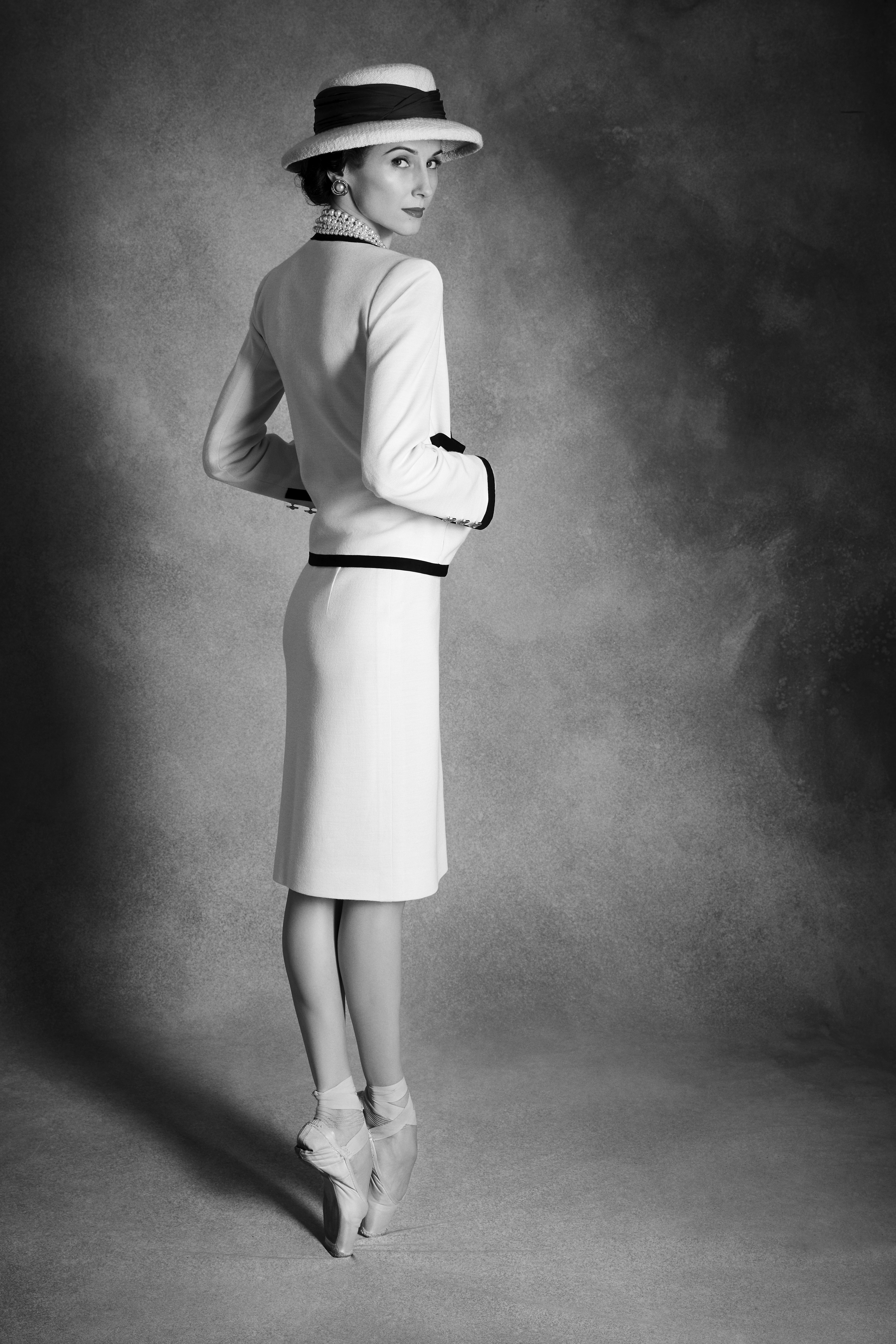

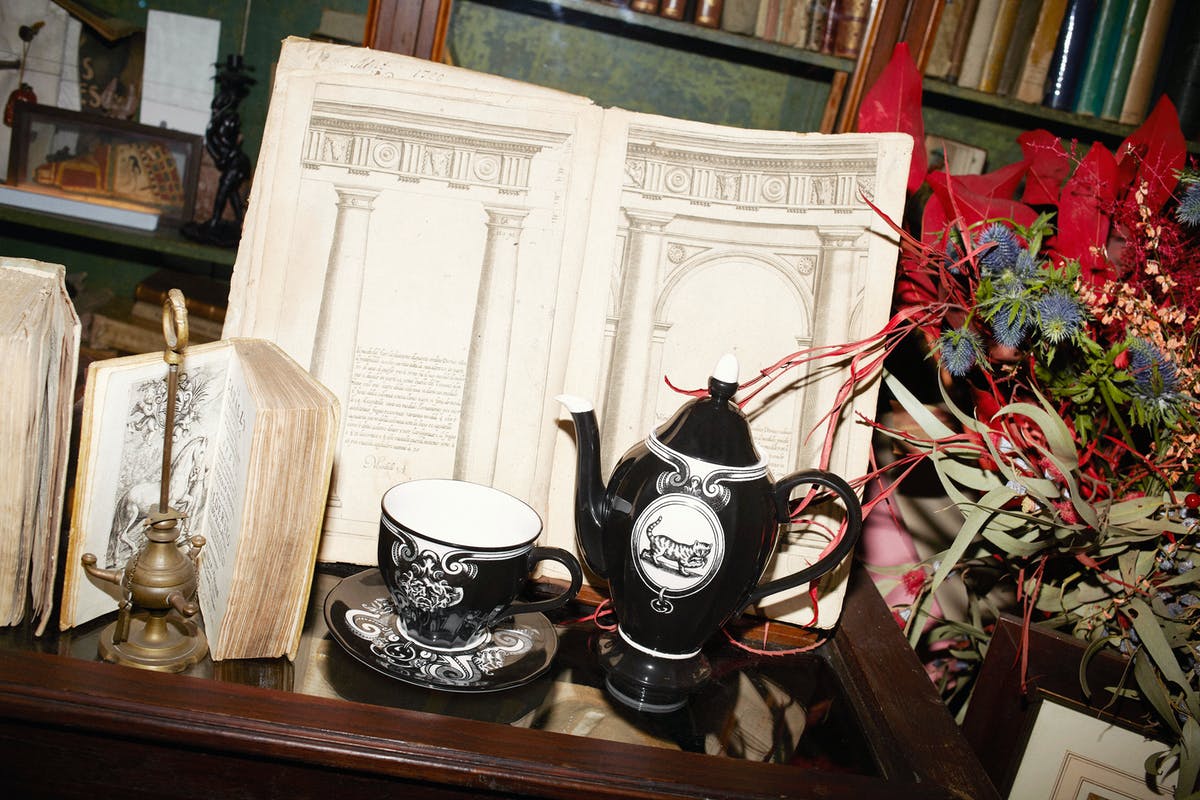
.jpg)
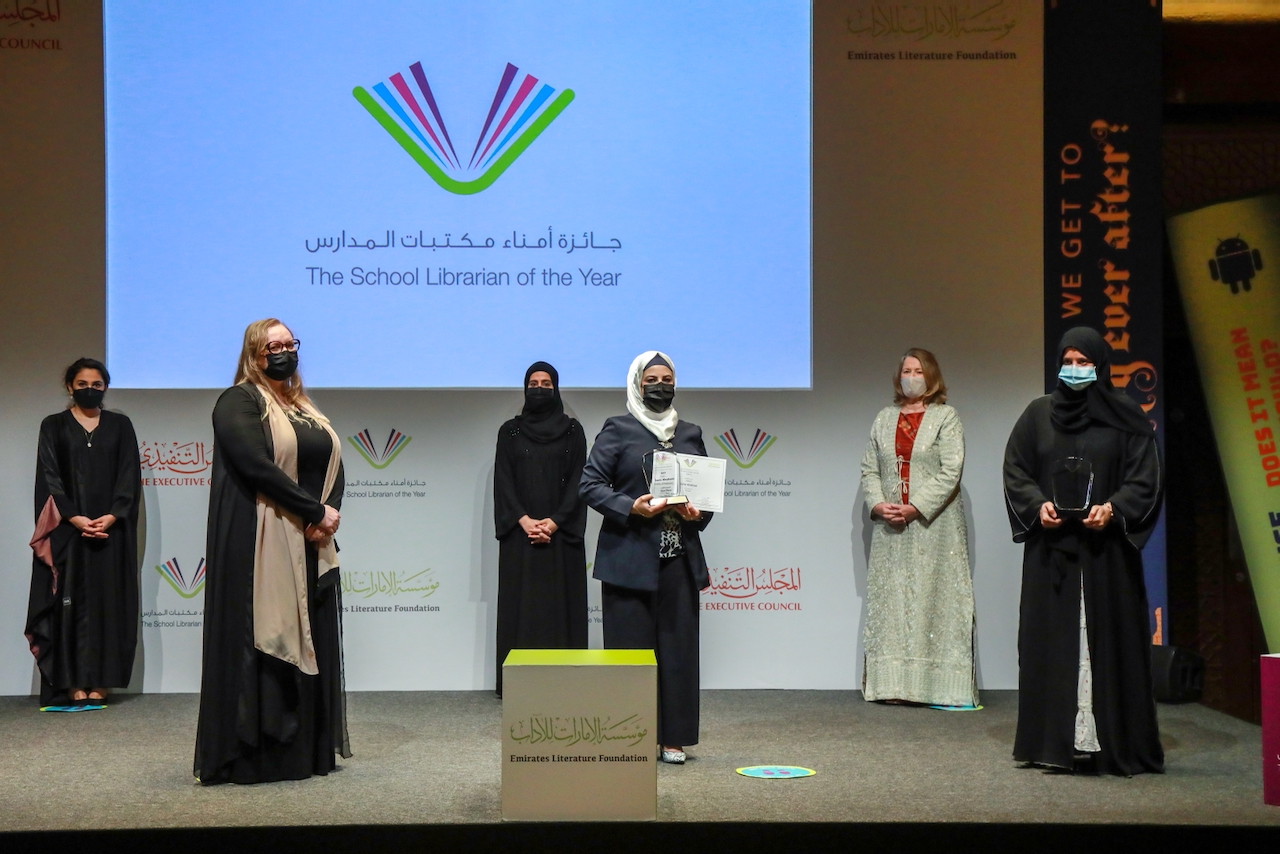
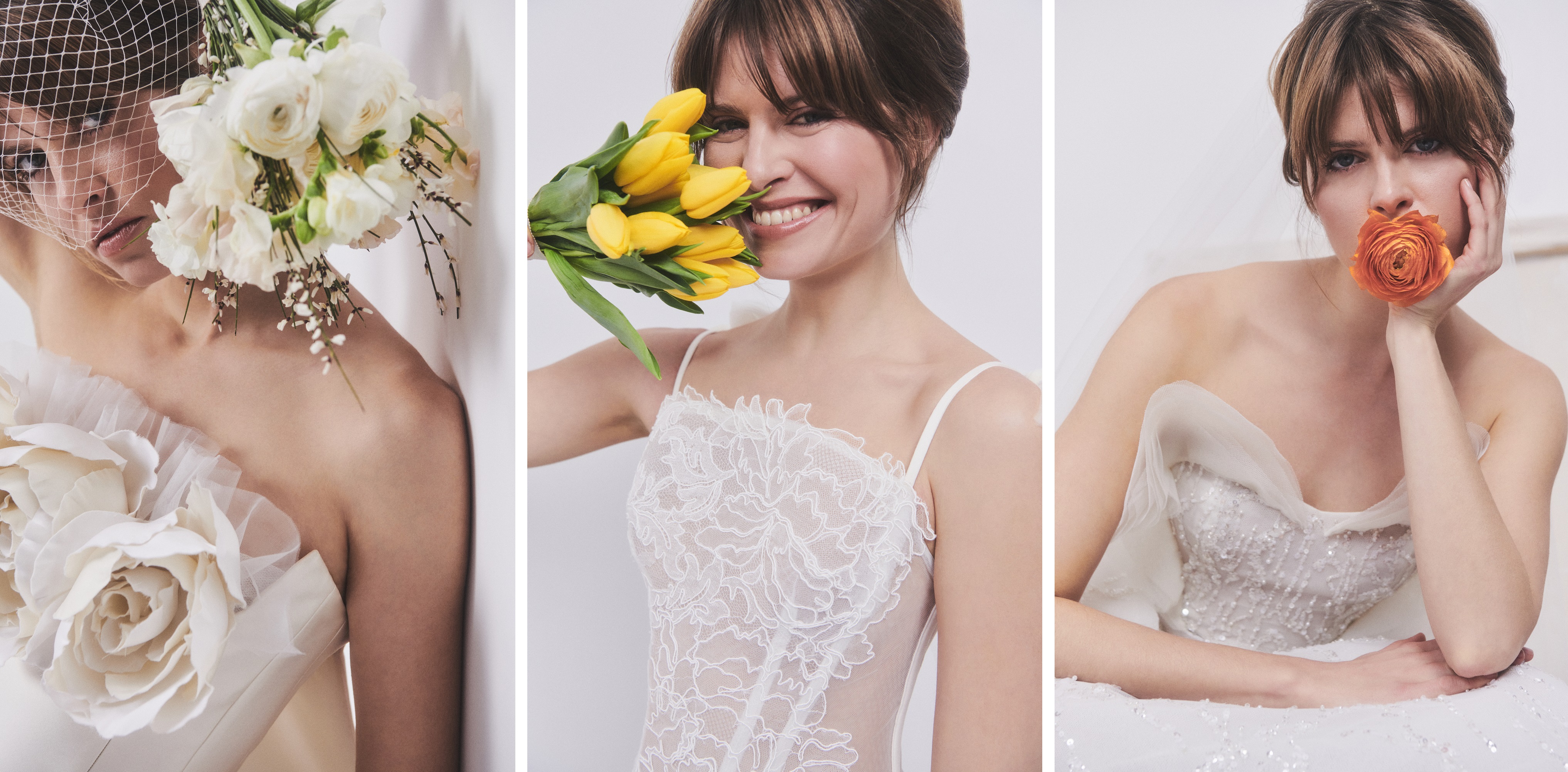
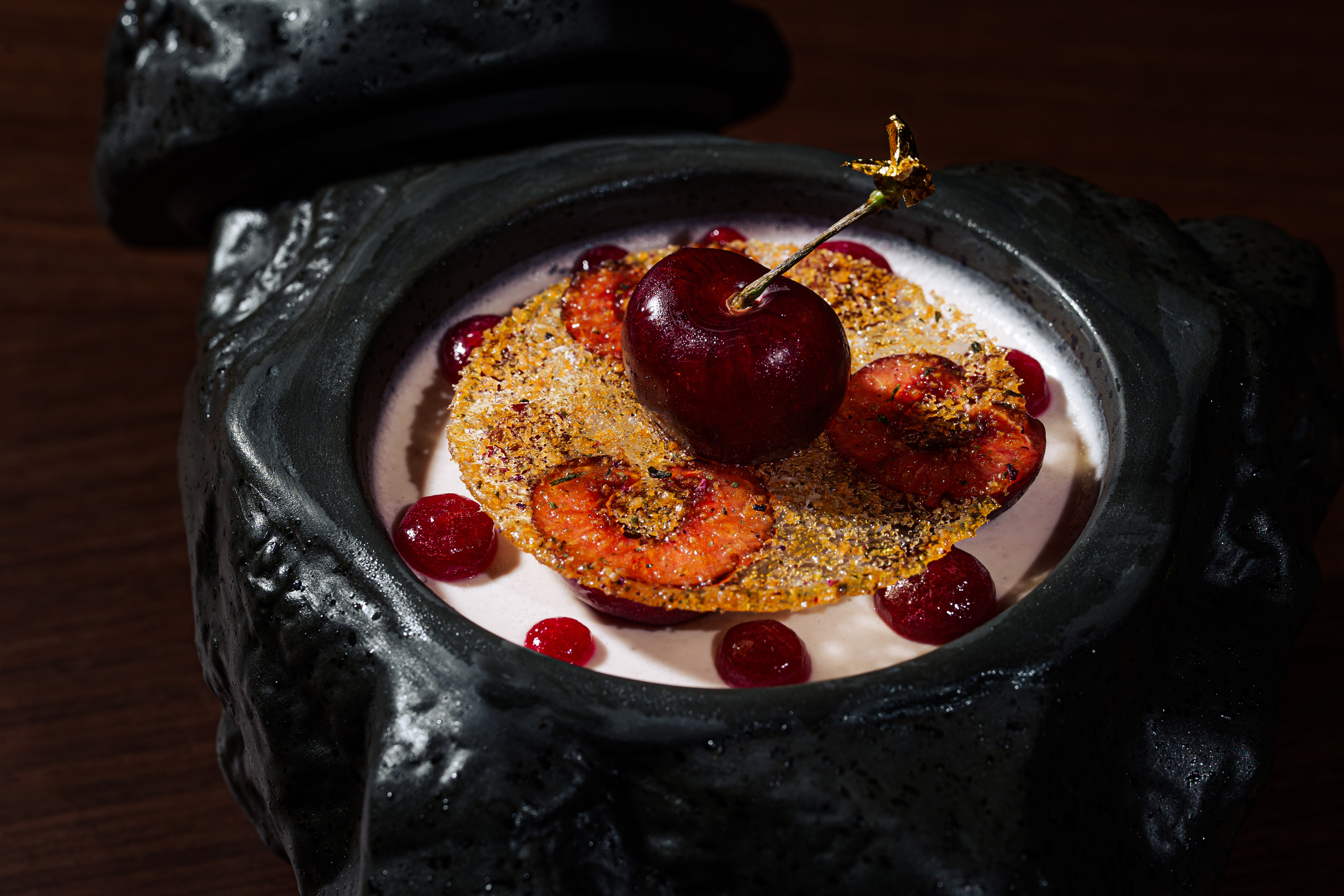
.jpg)
